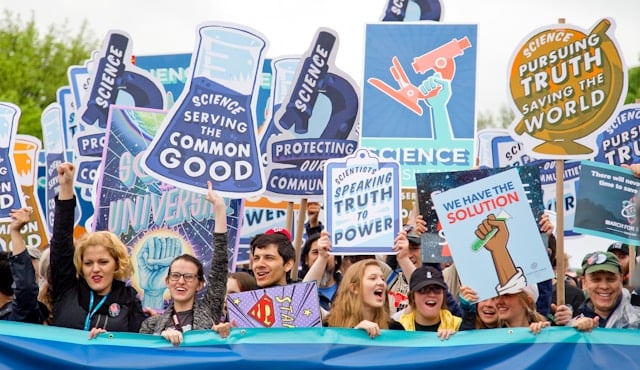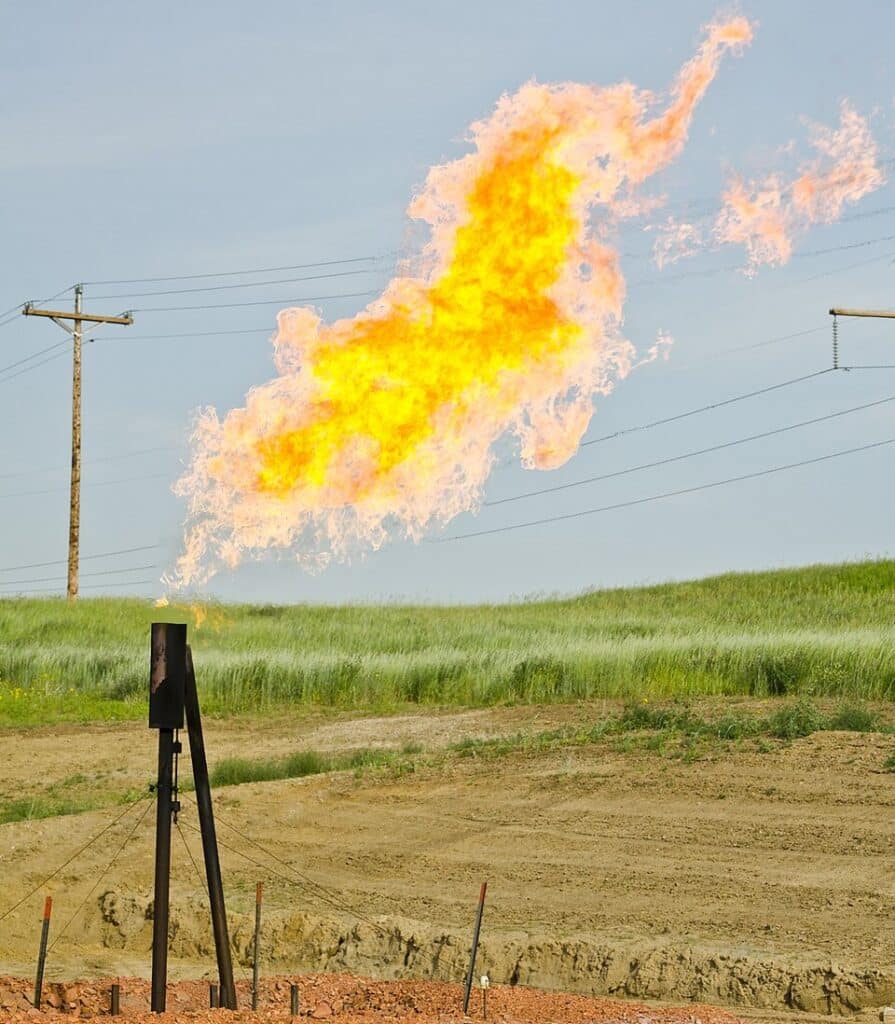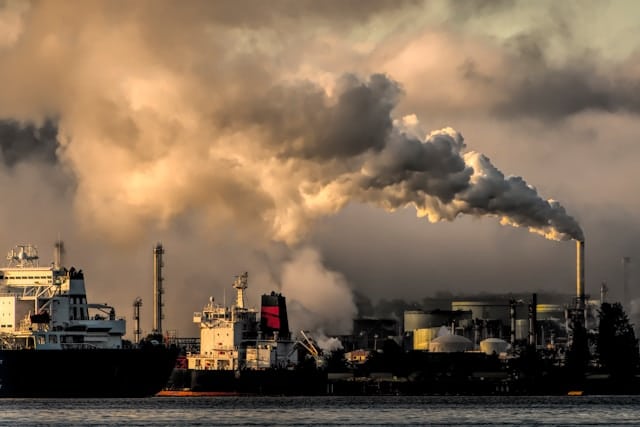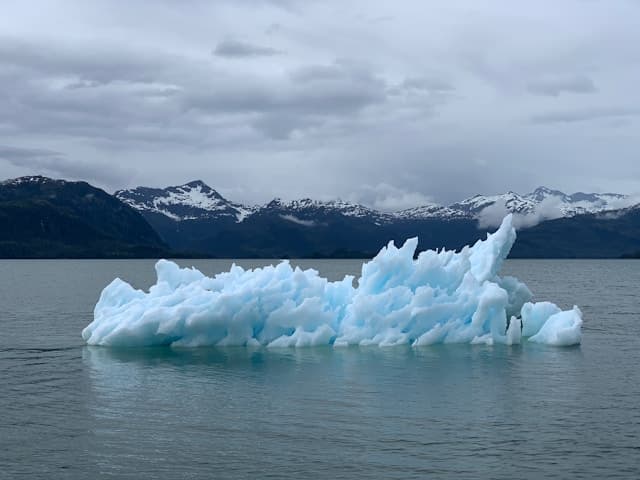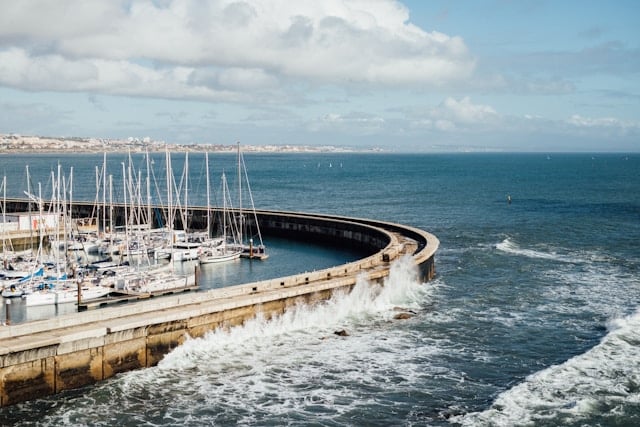
Plummeting Insects
By Robert Hunziker
Insects are vanishing from pristine rainforests. “Around the world many insect populations are crashing.” (Natural History Museum, April 2025)
Insects are crucial for the health of nature, whereas humans are not. And since insects are ‘dropping like flies’, does loss of insects mean nature is collapsing? That question of whether nature is collapsing because of insect armageddon is found in many articles and upscale publications with some claiming that nature is collapsing, some are not so sure, but some question all analyses because of the vast scope of the subject.
It’s an important subject because, if insects truly disappear, it leaves humans standing all alone, naked in the biosphere!
According to the Royal Entomological Society: Insects are the dominant species on the planet. For every person on Earth, there are approximately 1.4 billion insects that, combined, weigh 70-times more than all humans bunched together. (We Know Next to Nothing About 99 Percent of the World’s Insects: Here’s Why That’s a Problem, Euro News, 04/04/2025)
Yet, science has identified massive drop-offs of insect populations across the planet. Indeed, as shall be explained herein, there are regions where dense populations of insects are now basically gone. They’ve vanished. Some ecologists are claiming a new point in history has been reached: A New Era of Ecological Collapse.
The all-important food web doesn’t thrive without insects. This is scientific fact. The health of insect populations is the single most critical measurement of the health of nature. Concern about nature collapsing has become prominent because of insects vanishing from protected, isolated, free-of-human-influence regions of the planet as well as several studies showing extremely high percentages of insect collapse in well-developed areas.
In the field, in the hinterlands, ecologist Daniel Janzen spent the last 50+ years living in the Costa Rican protected national rainforest, monitoring insects: “The real show was at night: for two hours each evening, the site got power, and a 25-watt bulb flickered on above the porch. Out of the forest darkness, a tornado of insects would flock to its glow, spinning and dancing before the light. Lit up, the side of the house would be “absolutely plastered with moths – tens of thousands of them”, Janzen says.” (‘Half the Tree of Life’” Ecologists Horror as Nature Reserves are Emptied of Insects, The Guardian, June 3, 2025)
“Now 86, Janzen still works in the same research hut in the Guanacaste conservation area, alongside his longtime collaborator, spouse and fellow ecologist, Winnie Hallwachs. But in the forest that surrounds them, something has changed. Trees that once crawled with insects lie uncannily still,” Ibid. They are gone! In the Costa Rican rainforest ecologists now find emaciated dead bats and the flowers they suck for nectar no longer bloom.
When Costa Rica was hit by pesticides, insects were completely wiped out. But now the new concern deals with protected preserved areas that are free of insecticides and pesticides and free of the human footprint with insect populations going down for the count in horrifying numbers. This may be a worldwide phenomenon, but the jury is still out.
For example, in Germany flying insects in 63 separate protected reserves collapsed by 75% in a 30-year study, and a U.S. 45-year study showed 83% drop of bettles. A study in Puerto Rico’s rainforest found a 60% die-off. All three studies were in protected ecosystems. And a 20-year UK study showed a collapse of 80% of flying insects. According to researchers interviewed by Le Monde: “The destruction of habitats, climate warming, and widespread presence of pesticides in all environments are the culprits.”
In the State of Texas, David Wagner, Professor of Ecology (Univ. of Connecticut): “I just got back from Texas, and it was the most unsuccessful trip I’ve ever taken. There just wasn’t any insect life to speak of ,.. It was not only the insects missing, but it was also everything. Everything was crispy, fried; the lizard numbers were down to the lowest numbers I can ever remember. And then the things that eat lizards were not present – I didn’t see a single snake the entire time,” Ibid.
According to Dr. Wagner: “We’re at a new point in human history.”
The worldwide food web is under attack, moving up the food chain. Scientists in the US, Brazil, Ecuador and Panama have now reported catastrophic declines of birds in “untouched regions,” including reserves inside millions of hectares of pristine forest. In each case, the worst losses were among insectivorous birds.
For example: 75 Percent of North America’s Bird Species are in Decline, Study Says (The Washington Post, May 1, 2025) “Locations where species were once thriving, and where the environment and habitat was once really suitable for them, are now the places where they’re suffering the most.” Within the next 4 years 75% may look like a very low number: “The federal government under President Donald Trump is pushing forward with regulatory changes that weaken a century-old law protecting migratory birds and permit more mining, construction and other activities even if they destroy the habitats of endangered birds and other species,” Ibid.
Global heat has become the major culprit in tropical forests, which ecosystems are highly sensitive to changes in season with every element interconnected, the humidity, the rainfall, the heat, drought sequences, length of seasons dictate the start and stop of life cycles. In Costa Rica the dry season is now six (6) months versus four (4) months fifty (50) years ago. Moreover, insects can’t hold water; a brief drought lasting just a few days can wipe out millions of humidity-dependent insects. Alas, droughts are no longer ‘brief’.
According to Rob Cooke, an ecological modeler at UKCEH: “We need to find out whether insect declines are widespread and what’s causing them… The challenge is like a giant jigsaw puzzle where there are thousands of missing pieces, but we do not have decades to wait to fill these gaps and then act. The major drivers of biodiversity losses around the planet were really land degradation and land loss, habitat loss. But I think now climate change is by far exceeding that,” Ibid
“A team of ecologists from The University of Hong Kong (HKU) are leading an international initiative to investigate the decline of insect populations in the world’s tropical forests. Insects, the most abundant and diverse group of animals on Earth, are experiencing alarming declines, prompting this research effort.” (Declining Biodiversity in the Tropics, Science Daily, April 8, 2025)
Recent research indicates climate change, especially increasing global heat, is destroying insect populations in the planet’s most sensitive ‘protected’ nature reserves. As a result, burning fossil fuels can now check one more box of the extinction scorecard.
Solution: Stop burning fossil fuels. Insects can’t handle the repercussions, and the food web desperately needs them.
————————————–
This article was originally published on June 13, 2025 © Counterpunch
Robert Hunziker lives in Los Angeles and can be reached at rlhunziker@gmail.com.
Note: This article will also be posted on the Facing Future Now! Facebook group. If you would like to comment on this article, please go to the Facebook group and post your comments there under the article posting.
Facing Future Now! https://www.facebook.com/groups/530755592068234

